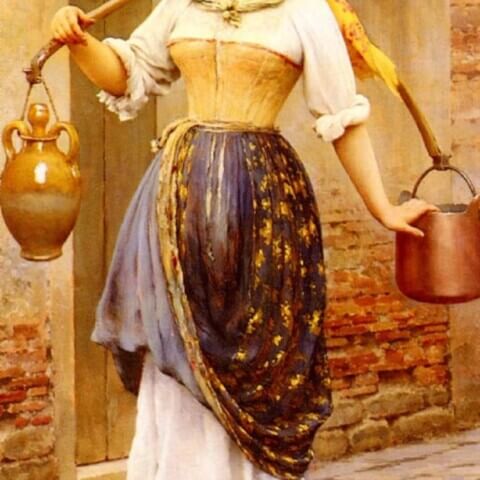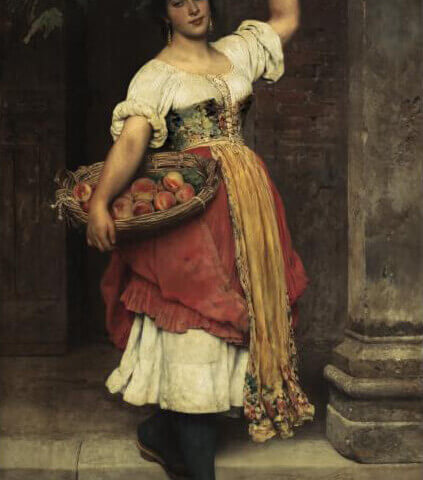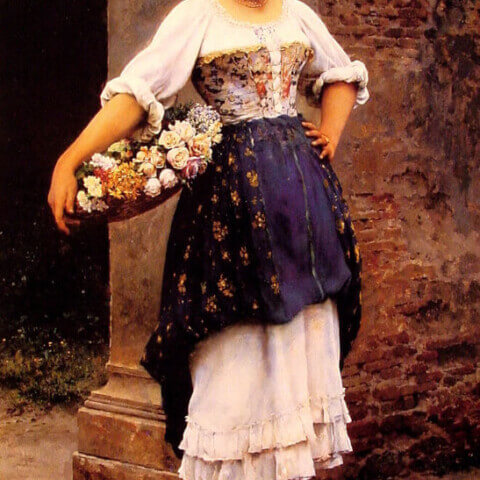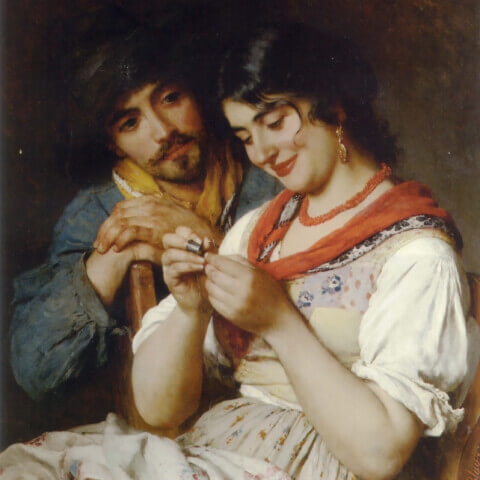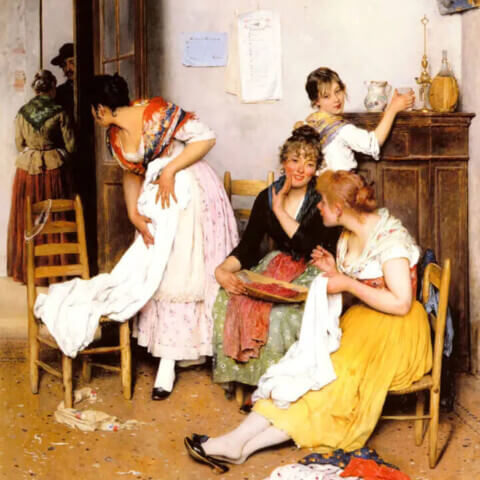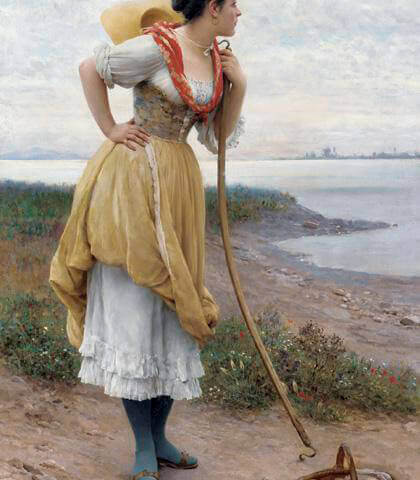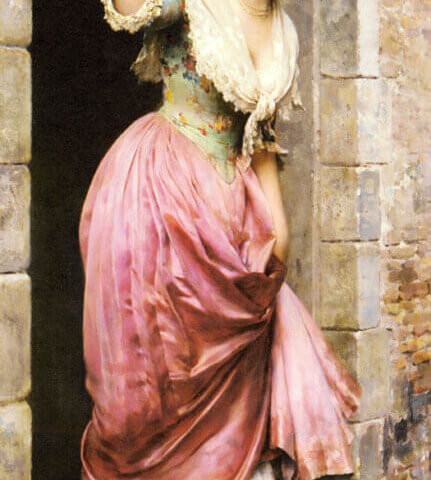Eugene De Blaas
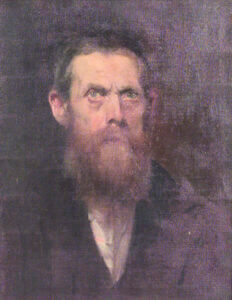
Title: Eugene de Blaas: A Master of Capturing Beauty
Introduction:
Eugene de Blaas was a renowned painter of the late 19th and early 20th centuries. Born on July 24, 1843, in Albano, Italy, de Blaas achieved recognition for his exquisite paintings that depicted the beauty of everyday life, particularly capturing the grace and charm of women. With his exceptional attention to detail and his ability to evoke emotion through his art, de Blaas left an indelible mark on the world of painting. This biography delves into the life, artistic journey, and enduring legacy of Eugene de Blaas.
Early Life and Education:
Eugene de Blaas was born into an artistic family. His father, Karl von Blaas, was a successful painter, and his mother, Ippolita Desideria Salviati, hailed from a prestigious Venetian family. Growing up in a household steeped in creativity and surrounded by artistic inspiration, de Blaas developed a passion for painting from an early age.
Under the guidance of his father, de Blaas received formal training in painting, initially studying at the Academy of Fine Arts in Venice. He honed his technical skills and learned the techniques of the Old Masters, while also exploring his own unique style and artistic vision.
Artistic Style and Themes:
Eugene de Blaas specialized in genre painting, particularly focusing on scenes of daily life, historical themes, and portraits. His works were characterized by their meticulous attention to detail, vibrant colors, and the skillful rendering of light and shadow. De Blaas was especially adept at capturing the delicate nuances of human expression and the subtleties of gesture, breathing life into his subjects.
One of de Blaas’s most recognizable themes was the portrayal of women in various settings. He often depicted elegant Venetian women engaged in leisure activities such as strolling in gardens, reading, or socializing. Through his art, de Blaas celebrated the beauty, grace, and charm of the female form, earning him praise and popularity among art lovers.
Career and Success:
Eugene de Blaas enjoyed a successful career as a painter, earning recognition both in Italy and abroad. He participated in numerous exhibitions, including the prestigious Paris Salon, where his works garnered critical acclaim. De Blaas’s paintings were also well-received in England and the United States, leading to an international following.
Throughout his career, de Blaas received several honors and awards for his contributions to the art world. His works were sought after by collectors and art enthusiasts, and his reputation as a skilled painter grew steadily.
Legacy and Influence:
Eugene de Blaas’s art continues to captivate audiences to this day, embodying the timeless beauty of the late 19th century. His attention to detail, meticulous technique, and ability to evoke emotion through his paintings left an indelible mark on the art world. De Blaas’s work served as an inspiration to many aspiring artists, and his legacy lives on through his contributions to genre painting and his ability to capture the essence of human emotion.
Conclusion:
Eugene de Blaas was a master painter who dedicated his life to capturing the beauty and charm of everyday life, particularly through his depictions of women. His exquisite attention to detail, vibrant use of color, and ability to evoke emotion through his art set him apart as a true artist of his time. Eugene de Blaas’s paintings continue to be admired and cherished, reminding us of the timeless allure and grace of the human spirit.


